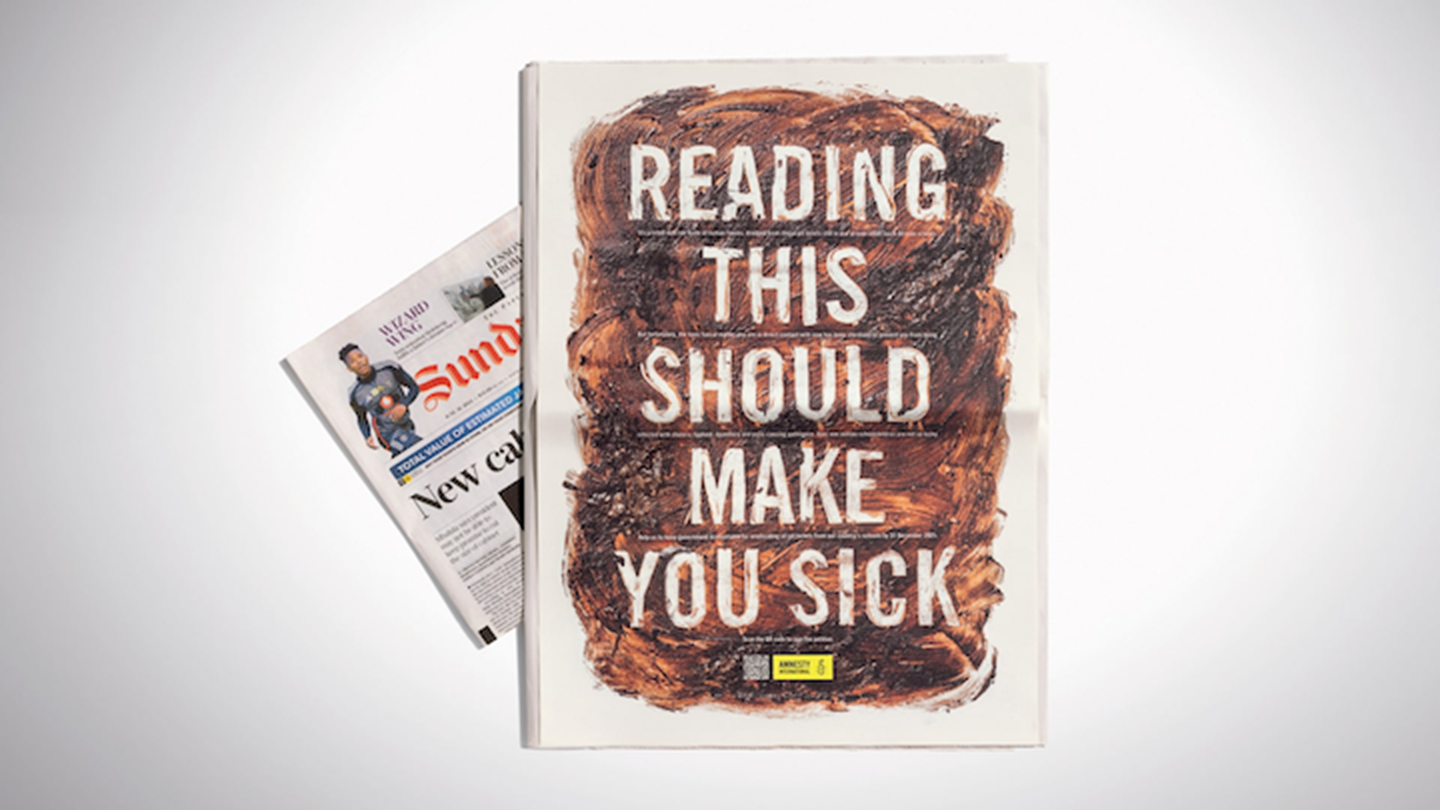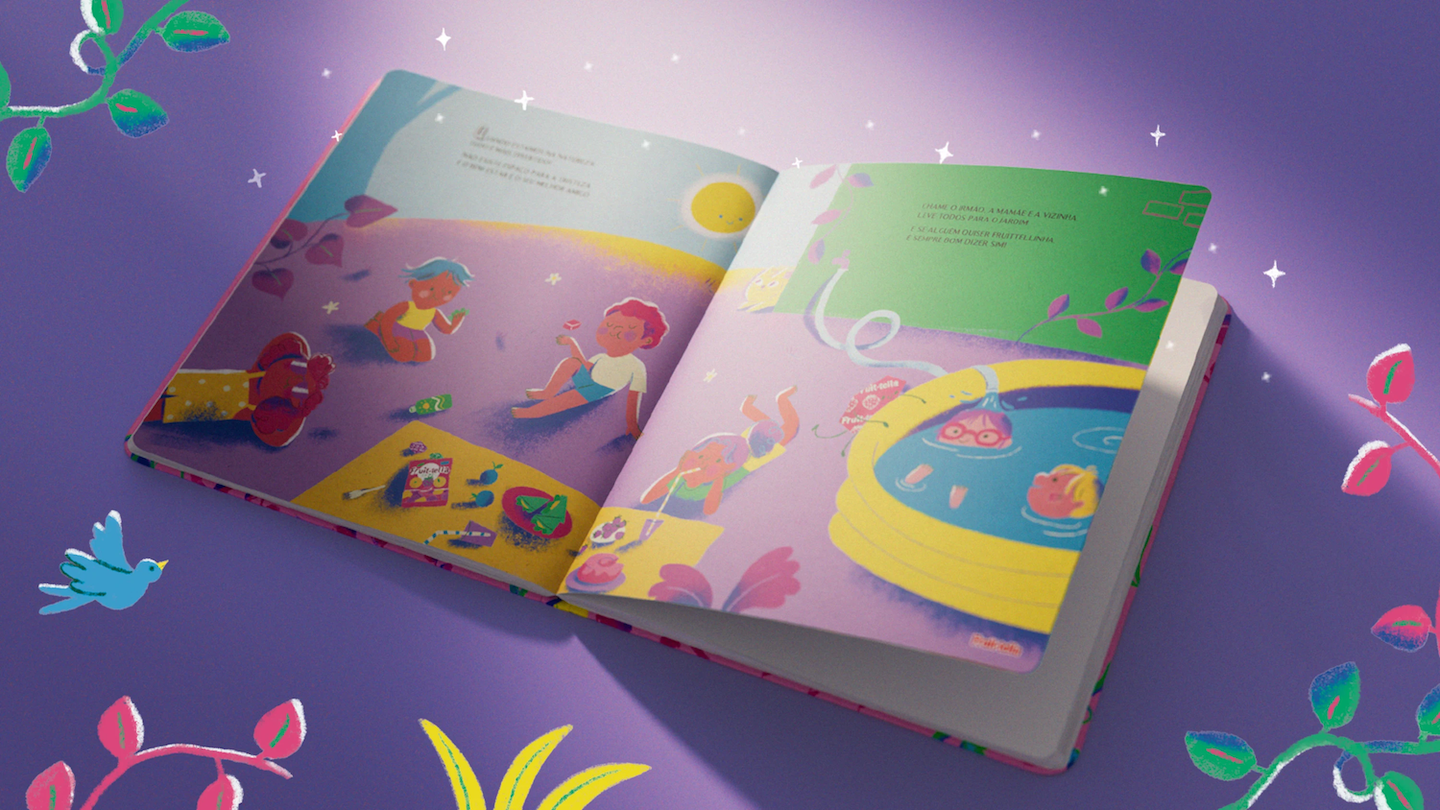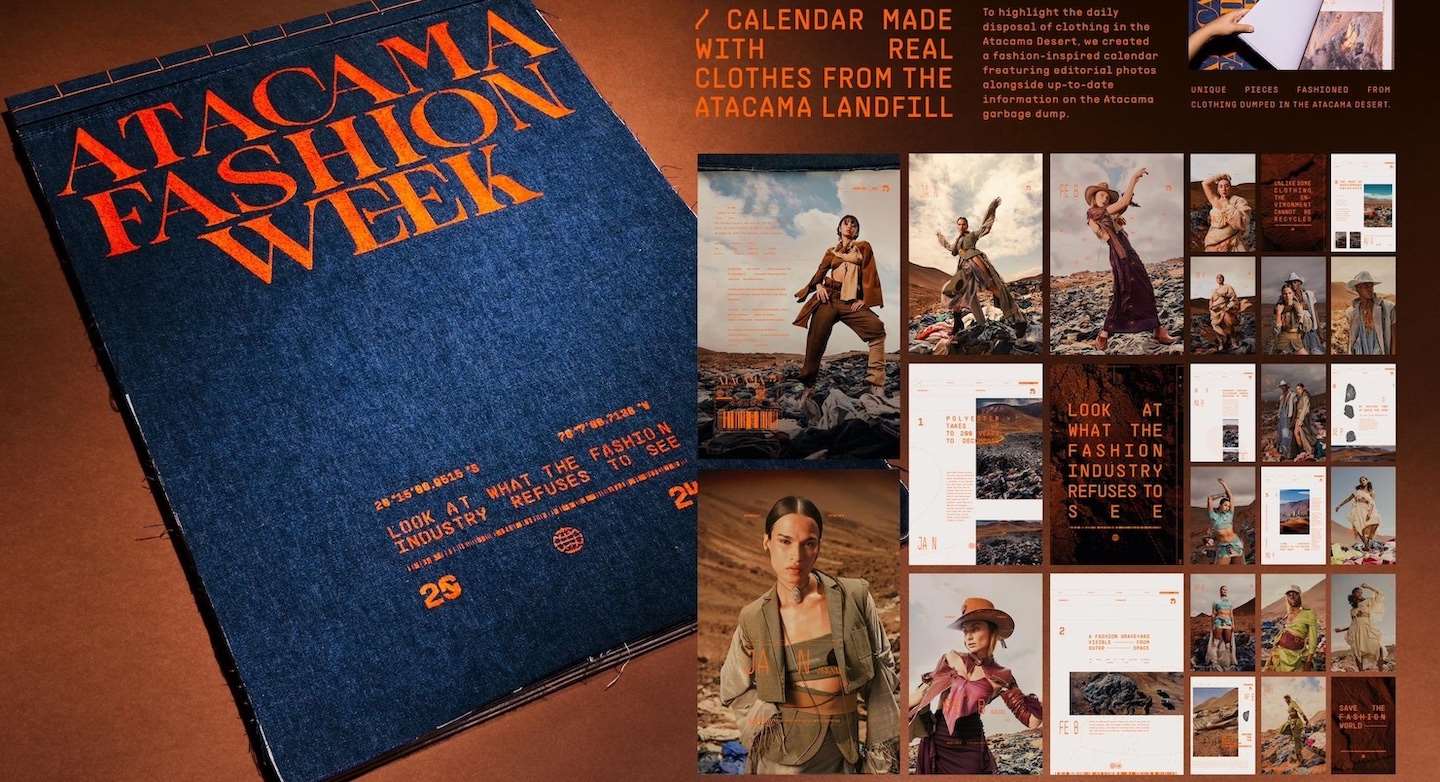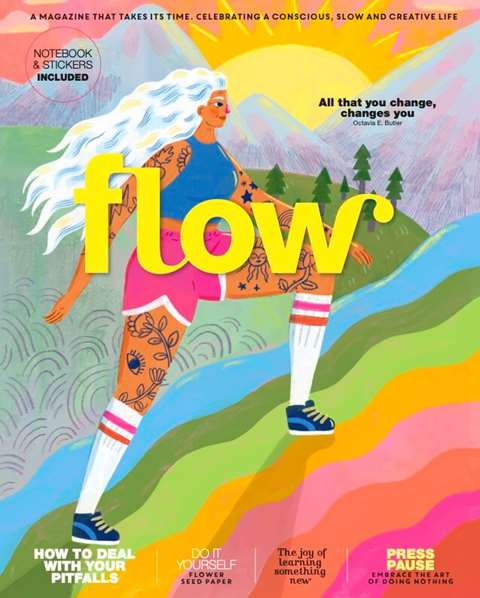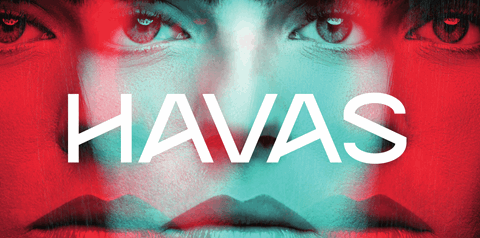Print advertising is making a comeback on the global stage, with Cannes Lions 2025 juries rewarding campaigns that go beyond ink and paper to create multi-sensory brand experiences.
The resurgence comes at a time when marketers and agencies remain heavily focused on digital channels and easily measurable metrics. Rory Sutherland, vice-chairman at Ogilvy UK, has criticised this “quantification bias”, arguing that the obsession with short-term digital results leaves little room for media that work more slowly but more deeply.
Print’s distinctive strength lies in its ability to trigger several senses at once. Martin Lindstrom, author of Brand Sense, has shown that campaigns engaging more than three senses increase brand impact and engagement by over 70 per cent. From textured paper stock to scented pages, print invites readers to pause, touch and respond in ways that screens cannot.
Yet the expertise needed to realise such campaigns has diminished. Printers are often seen as mere suppliers, while the production managers who once bridged creative and technical worlds have largely disappeared from agency teams. As a result, opportunities for print media innovation risk being lost.
Cannes Lions 2025 offered a counterpoint. This year’s winners and shortlists highlighted inventive uses of print that challenge assumptions about the medium.





